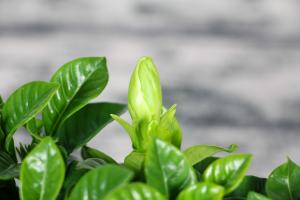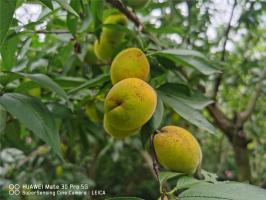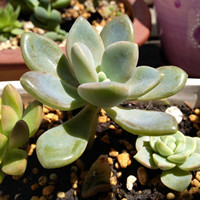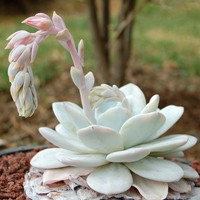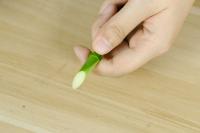Introduction
Tomato plants are a popular choice among home gardeners due to their great taste and versatility. However, yellowing of the top new growth can be a common problem that gardeners face with these plants. In this article, we will discuss the various reasons that can cause this problem and how to prevent it.
Lack of Nutrients
One of the most common reasons for yellowing of the top new growth in tomato plants is the lack of essential nutrients. Nitrogen is the most important nutrient for the growth of tomato plants, and its deficiency can lead to yellowing of the leaves. Other nutrients like phosphorus, potassium, and magnesium are also essential for the growth of tomato plants, and their deficiency can also cause the top new growth to turn yellow. To prevent this, you can add fertilizers that are rich in these nutrients to the soil.
Pests and Diseases
Another reason for yellowing of the top new growth in tomato plants is the attack of pests and diseases. Pests like aphids, whiteflies, and spider mites can suck the sap from the leaves, resulting in yellowing of the top new growth. Diseases like bacterial wilt, fusarium wilt, and root rot can also cause yellowing of the leaves. To prevent this, you can use insecticides and fungicides to keep pests and diseases at bay.
Environmental Factors
Environmental factors like temperature, humidity, and light can also cause yellowing of the top new growth in tomato plants. High temperatures can cause the leaves to lose water quickly, resulting in yellowing. Low humidity can cause the leaves to dry out, leading to yellowing. Lack of sunlight can also cause yellowing of the leaves. To prevent this, you can try to maintain a consistent temperature and humidity in the growing area and ensure that the plants are getting enough sunlight.
Watering Issues
Watering issues can also cause yellowing of the top new growth in tomato plants. Overwatering can cause the roots to become waterlogged, leading to yellowing of the leaves. Underwatering can cause the leaves to dry out, resulting in yellowing. To prevent this, you should water the plants evenly and consistently to prevent waterlogging or drying out.
Conclusion
To summarize, yellowing of the top new growth in tomato plants can have various reasons. Lack of nutrients, pests and diseases, environmental factors, and watering issues can all cause yellowing of the leaves. To prevent this, you should ensure that you are providing your plants with essential nutrients, protecting them from pests and diseases, maintaining consistent environmental conditions, and watering them correctly. By following these steps, you can ensure the healthy growth of your tomato plants.

 how many times do yo...
how many times do yo... how many planted tre...
how many planted tre...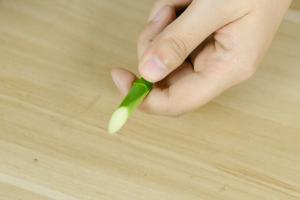 how many pine trees ...
how many pine trees ... how many pecan trees...
how many pecan trees... how many plants comp...
how many plants comp... how many plants can ...
how many plants can ... how many plants and ...
how many plants and ... how many pepper plan...
how many pepper plan...
